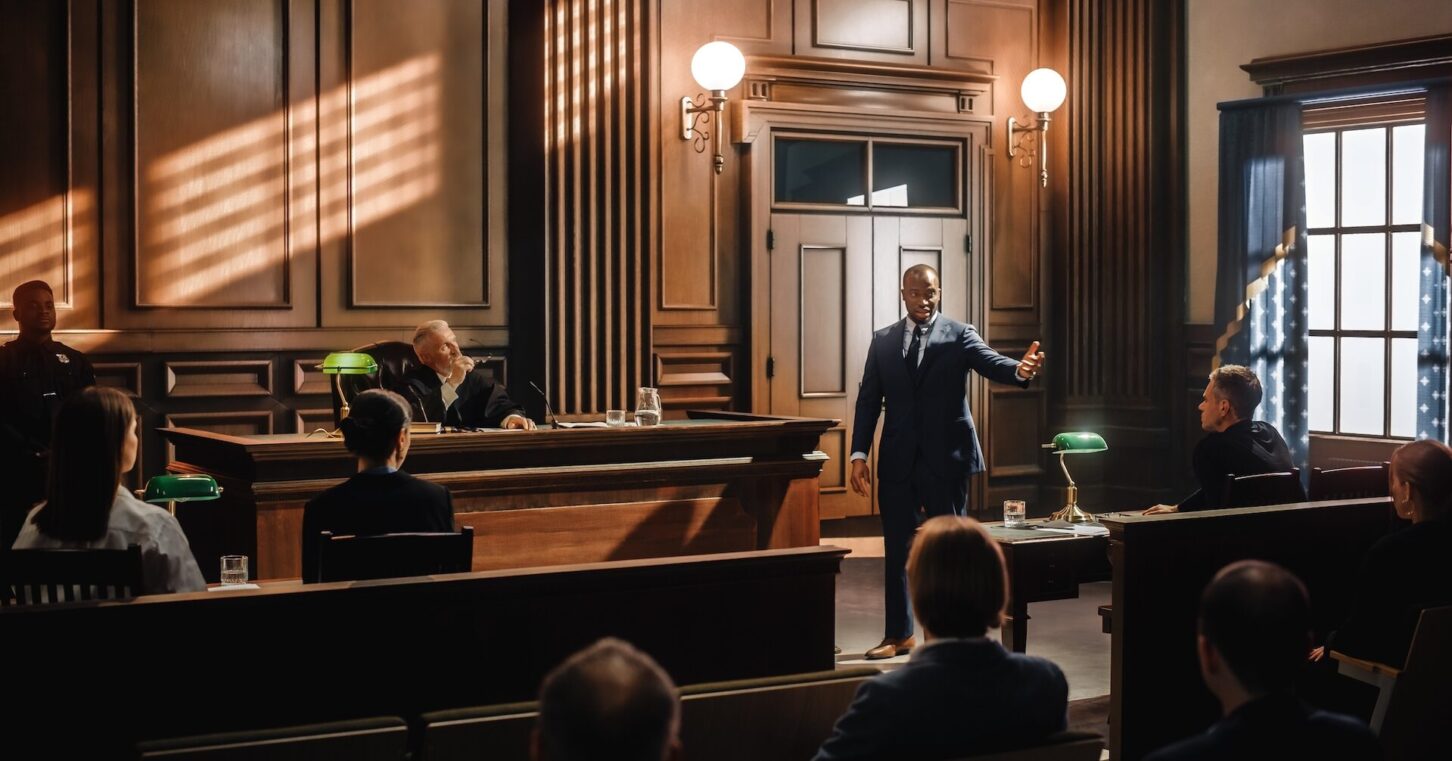
In lawsuits and legislative debates alike, both sides get their say. And the plaintiff’s bar, now playing defense thanks to Gov. Brian Kemp’s push to rein in abusive lawsuits, is certainly making its case against reform.
Plenty of good people work as plaintiff’s attorneys, trying to correct injustices. But let’s be honest: If all plaintiff’s lawyers were always committed to fair play, we wouldn’t be having this debate. Let’s break down a couple of common arguments and see if they hold up – or if they’re just what Billy Flynn, the smooth-talking lawyer played by Richard Gere in “Chicago,” called “the ol’ razzle dazzle.”
Claim 1: This is a “manufactured crisis” because “large verdicts” occur in fewer than 1% of cases.
Would a plaintiff’s lawyer shrug off other rare occurrences? Just imagine a lawyer telling a surgeon, “You only make mistakes in less than 1% of your procedures, so don’t worry – we won’t sue you for this one.”
Keep in mind, the issues at stake in Kemp’s proposals are less about the size of verdicts and more about their propriety – such as whether the correct party is held liable, or the damages are based on actual expenses. While large verdicts may be less common, smaller verdicts are also a problem if they’re unjust.
But yes, there is a problem with awards known as “nuclear verdicts” (jury awards exceeding $10 million, per the U.S. Chamber of Commerce’s Institute for Legal Reform). These massive awards are happening more frequently – especially in Georgia, which jumped from eighth to fourth nationally in nuclear verdicts per capita between 2013 and 2022.
And it’s not as if a verdict must reach $10 million to be devastating; $9 million is still a lot of money. So is $5 million, or for that matter $500,000. Even a verdict in the tens of thousands of dollars can put a small company out of business.
In short, there is plenty of justification for lawmakers to act.
Claim 2: Insurance companies have had record profits in recent years, so why protect them?
The trial bar loves to frame this fight as Big Law vs. Big Insurance. In a contest of who the public hates more, the lawyers can’t finish worse than a tie.
But this is about more than insurance premiums. Abusive lawsuits drive up costs across industries. Just look at trucking – a favorite target of trial lawyers, judging by their ubiquitous billboards. Who pays when trucking costs rise? Everyone who buys groceries, medicine, clothing and other goods.
Saying insurers have “record profits” is also misleading. According to the National Association of Insurance Commissioners, property and casualty insurers had underwriting losses in half of the years from 2014 to 2023, with a cumulative loss of almost $18 billion.
So where’s the profit? It comes from investment gains on the capital that insurers must set aside to protect against catastrophic losses. The industry earns about 3% annually by investing that capital, and those gains represent all of the “record profits” we hear about.
Of course, these are publicly reported facts about a heavily regulated industry. There’s a lot less transparency about the finances of, say, personal-injury law firms. Put another way, if that industry had “record profits,” would any of us know about it?
Even if you dismiss all of this and think insurers will always find a way to keep raking in the money, think about why people keep paying the rates they charge.
People pay because the only thing more expensive than having insurance is not having insurance. As we’ve seen, defendants can be stuck with enormous tabs for something they didn’t do (when found liable for crimes others commit on their premises) or to pay for expenses the plaintiff never actually incurred (so-called phantom damages).
The only thing worse than the protection racket is the thing that makes you need protection in the first place.
Curbing abuses is not tantamount to shutting down justice. On the contrary, the only way to ensure actual justice is to curb the abuses.
